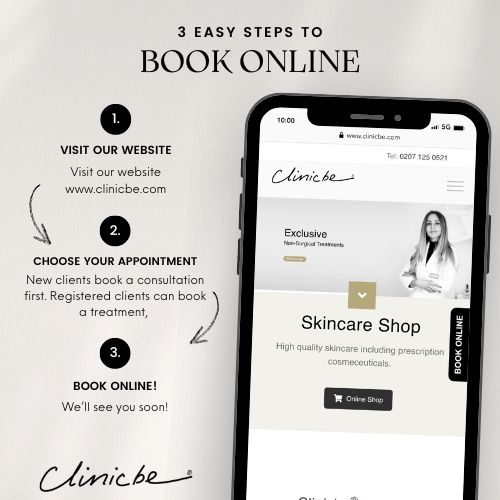About Rosacea
Rosacea is a medical disease and considered a chronic condition. It is a common but poorly understood skin condition which is becoming increasingly widespread as the baby boom generation enters the most susceptible ages. It can affect anyone, but it’s most common in middle-aged white women.
The condition is caused by a low grade infection which occurs when sebum is not expelled from the skin through the pores. This causes inflammation and symptoms like blushing or flushing and visible blood vessels in the face. It may also produce small, pus-filled bumps. These signs and symptoms may flare up for weeks to months and then go away for a while. Some foods and beverages can worsen the symptoms, such as dairy products, spicy foods, caffeine, and alcohol. Sun exposure can also make the symptoms worse.
Symptoms can include:
- Redness and/or flushing
- Small visible blood vessels
- Bumps or pimple
- Watery or irritated eyes
Due to its appearance, rosacea can be mistaken for acne and other skin problems, but it is different and requires different treatment. There’s no cure, but treatment can control and reduce the signs and symptoms. Informed home care with the right products can make a big difference.
Although there is no ‘cure’ for rosacea and the cause remains unknown, an integrated skin and healthcare approach can significantly assist in controlling the symptoms for clearer and healthier looking skin.







